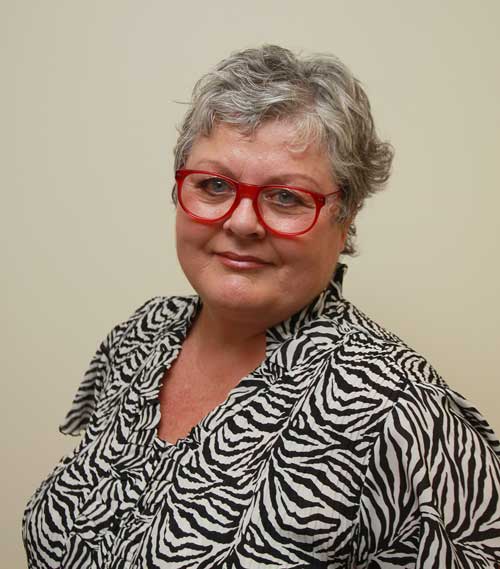What expectant mothers envision for their birth experiences often isn't what they realize, according to a University of Lethbridge study.
The result is a drastic rise in Caesarean section rates that has alternative health-care providers, feminist advocates for women's health and mainstream medical providers all expressing serious concerns about the medicalization of childbirth.
In a paper titled "Best Laid Plans? Women's Choices, Expectations and Experiences in Childbirth," University of Lethbridge sociology researcher Dr. Claudia Malacrida and co-author, doctoral candidate Tiffany Boulton of the University of Leeds, UK, found that, contrary to the belief that modern birthing experiences are consumer driven because women have the capacity to plan for, make decisions about and choose a particular type of birth experience, a woman's capacity to 'drive the machine' of birth is severely limited.
"In women's prenatal education, in their conversations with their friends and in the books and online media pregnant women read, there is a consistent sense that, if women simply prepare and inform themselves appropriately, they will be in a position to make the right choices when giving birth," says Malacrida.
"We may think that natural birth advocates have little in common with medical practitioners when it comes to discussing women's birth choices. However, each perspective assumes women can and will make appropriate birth choices. Our study found that in practice, such choice is often illusory."

Malacrida and Boulton interviewed 22 recent mothers as part of a larger project examining the culture of birthing in southern Alberta.
Every woman they interviewed was well informed about the birthing process, had attended prenatal classes, sought out information online and read popular books or magazines about what to expect in the birthing room.
From these interviews, it was clear that all the mothers expected to make birthing choices based on the knowledge they had acquired.
"In our interviews, virtually all of the mothers described hoping to achieve 'as natural a birth as possible', which for most meant a vaginal birth with no intervention," says Malacrida. "A lot of the medical and lay discussion seems to assume that the rise in C-section rates, for example, rests with women who are 'too posh to push'. On the contrary, much medical and popular writing positions natural birth as the ideal, responsible choice. Thus, women are given a strong message that natural is best for mom, and especially best for baby."
Many women prepared birth plans, hired doulas and attended classes on non-traditional birthing methods, all in seeking a sense of control over the birthing process and to limit medical intervention.
"Once in the hospital, however, women described a cascade of intervention that began with induction or epidurals and spiraled outward," says Malacrida.
In the end, Malacrida and Boulton contend that although the majority of women plan to have as natural a birth as possible, their lived experiences differ significantly from their birth plans.
Further, the implication that women have choices in the birth experience, rather than empowering expectant mothers as effective and active consumers, creates a situation where they are instead culpable for the increasing medicalization of childbirth.
"Because women are so pressured to work towards this idealized natural birth, when their hospital experiences do not work out as planned, they often blame themselves," says Malacrida. "Women in our study expressed distress about failing as mothers, and not living up to their expectations, or the expectations of family and friends. The magic of birth seemed to elude them. Instead, they felt like they had let themselves and their babies down."
The paper was recently published in Health: An Interdisciplinary Journal for the Social Study of Health, Illness and Medicine.
This story first appeared in the June 2013 edition of the Legend. For a look at the full issue in a flipbook format, follow this link.
